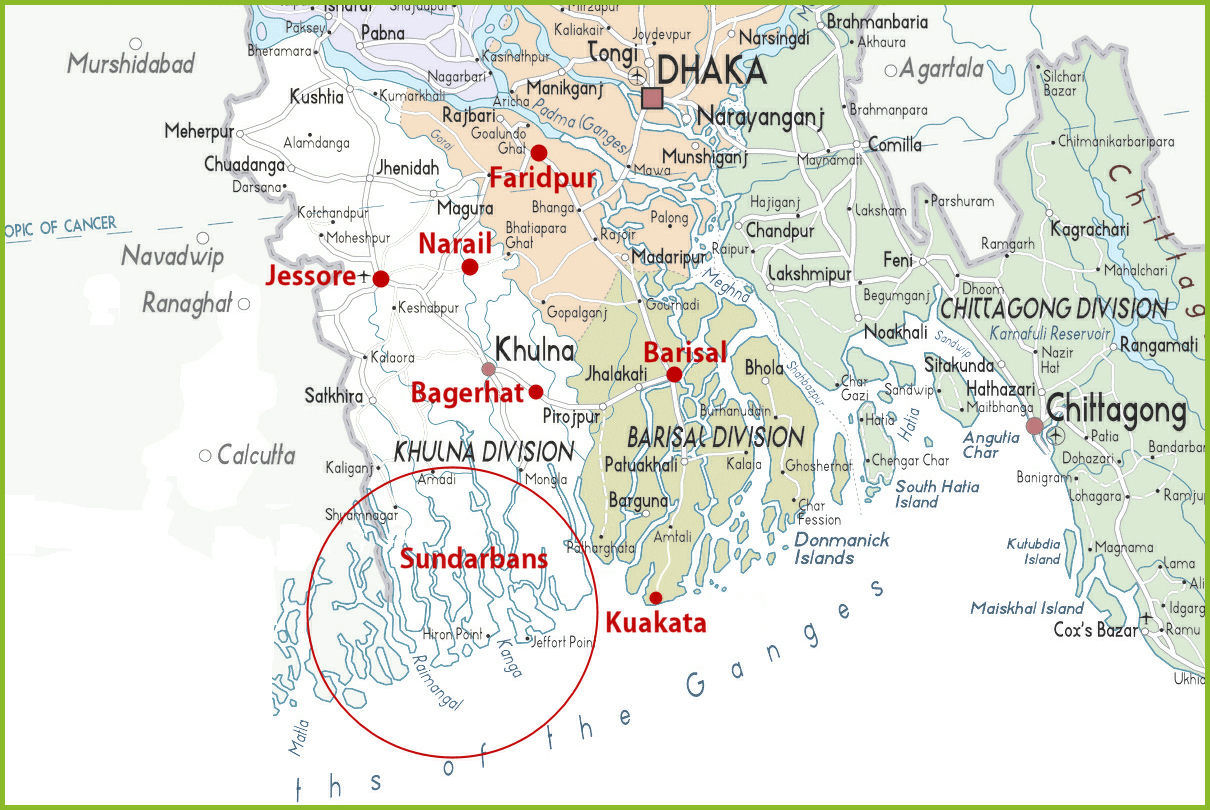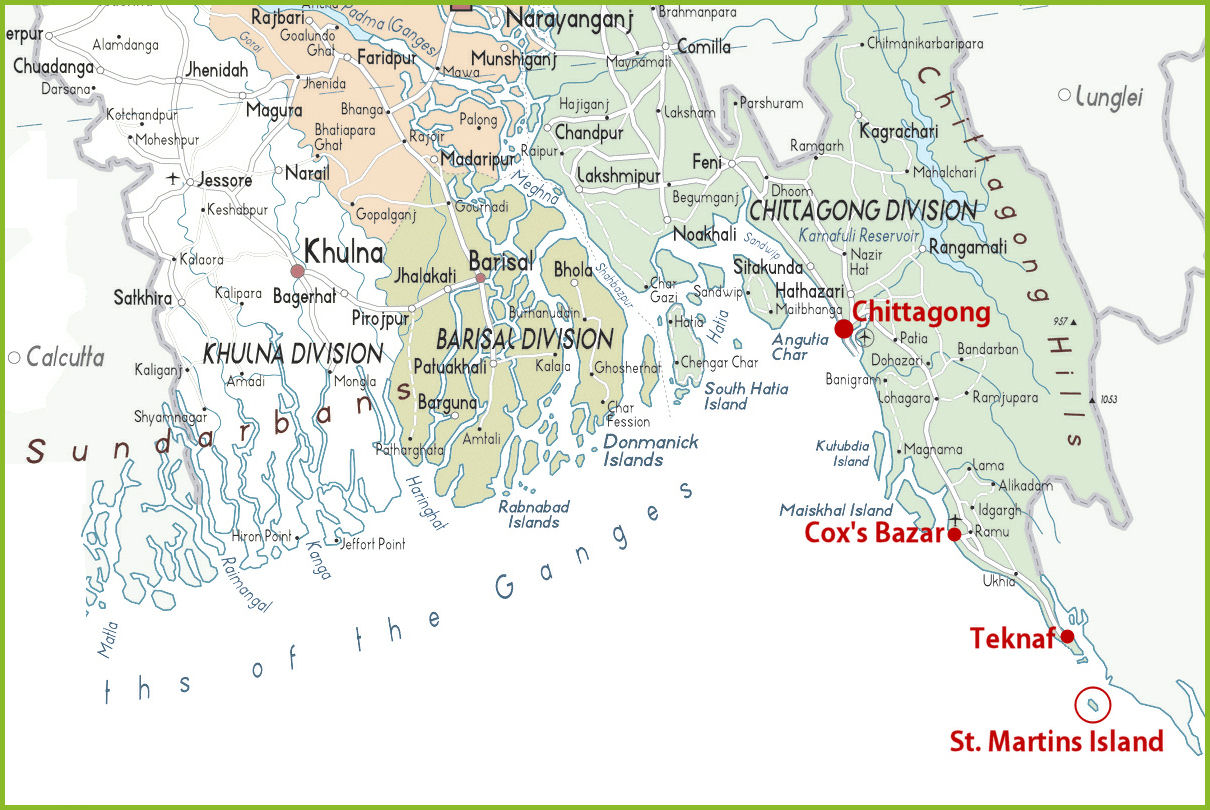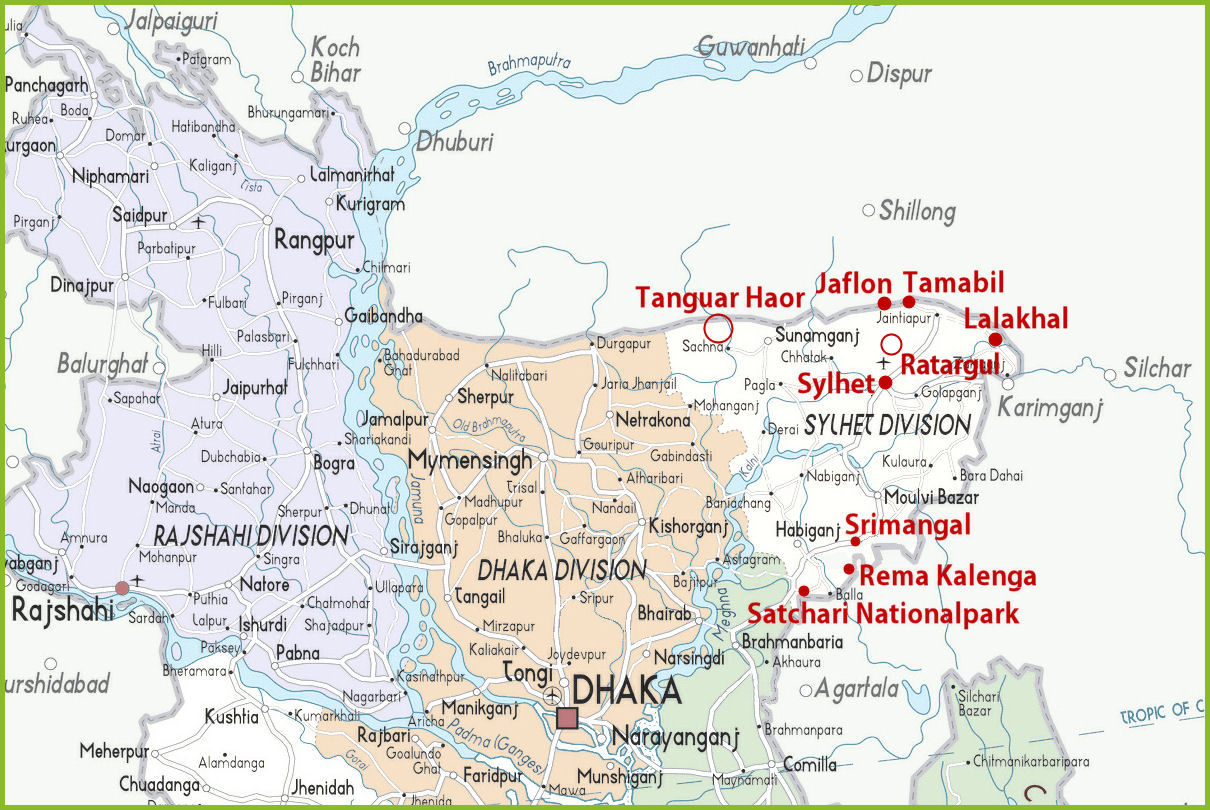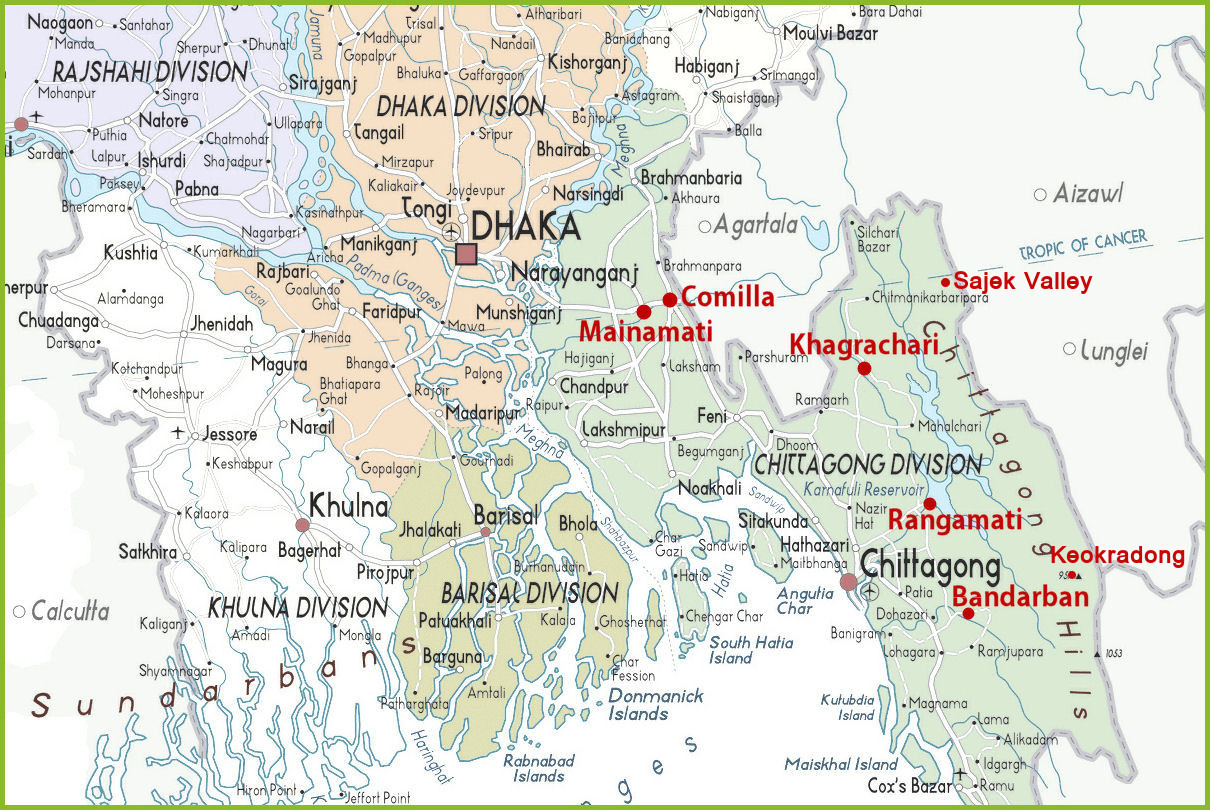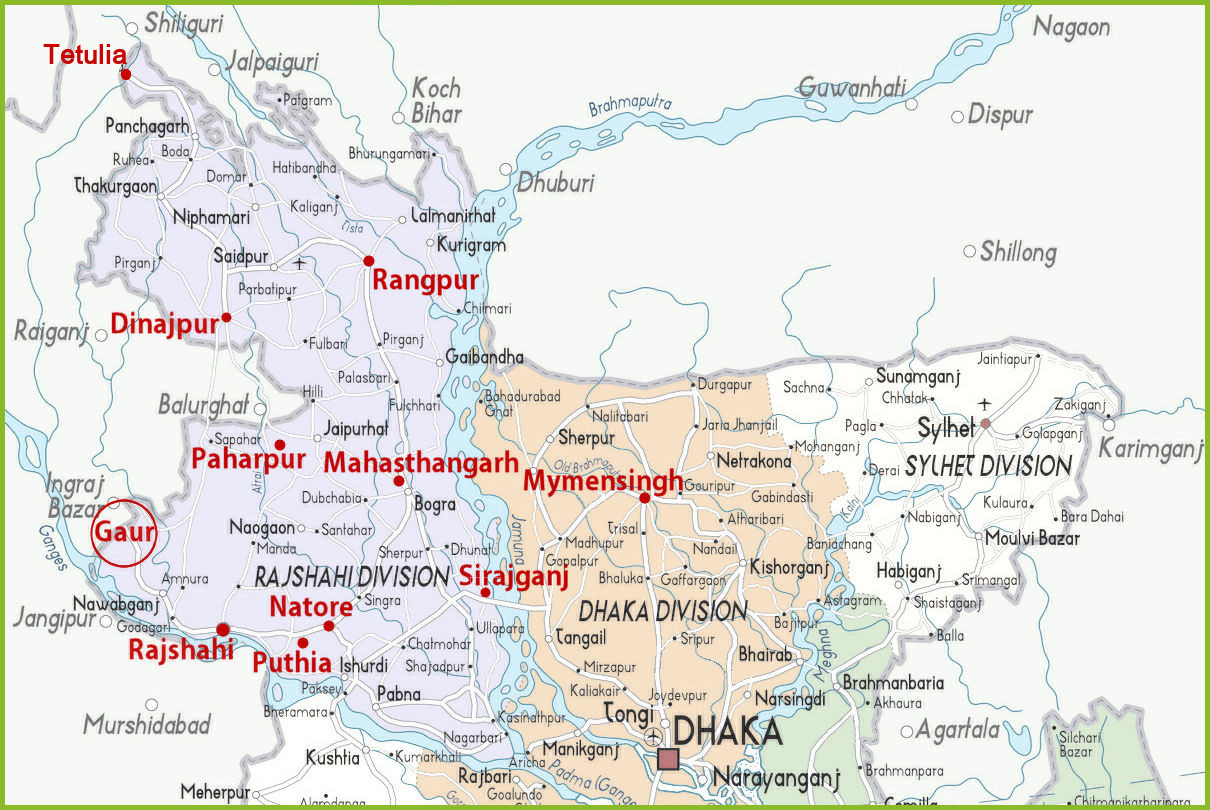Locals know Kuakata as Shagor Kannya which means Daughter of the Sea. Kuakata was first and foremost one thing: undiscovered land. Since the journey has become relatively easy (the many ferries have been replaced by bridges), this is over and especially on weekends (Fri & Sat) or school holidays the place is – in the truest sense of the word – haunted by busloads full of pleasure seekers. Therefore: when we talk about the perfection and undiscovered beauty of Kuakata, we mean the area around Kuakata – by no means the horrible town itself – which now embodies the very opposite. During the week or in the off-season you can use Kuakata as a base camp for trips into the surrounding area and this consists of a combination of natural beauty, lonely beaches and settlements, the sea and mangrove forest. It gives the feeling of immeasurable freedom and peace and offers a foretaste of the Sundarbans. To the Kuakata album and here To the Tengragiri and Shuvo Sondha album
- Traveling by Rocket – with the paddlewheel steamer from the beginning of the 20th century to Hularhat, then further with a chartered vehicle.
- Hinterland – you can explore the hinterland with a small motorbike. Lonely (fishing) villages such as Chapli Bazar and markets, small streets, with no real traffic.
- Gongamati Reserve Forest – an evergreen mangrove forest at the end of the beach to the west.
- Tengragiri Wildlife Sanctuary – about 40 km² of protected vegetation: rain tree, apple mangrove, manchinel tree, sundari and fish cats. Nice day trip!
- Shuvo Sondha Beach – not far from Tengragiri Wildlife Sanctuary. Almost sundarbans! There is (almost) nobody there!
- Dhulaswar Sea Beach – idyllic hinterland, with a few small fishing villages. Nature, rich in feathered friends. Tourists? Wrong!
- Rangaballi Island – with a cutter to the Offshore island was created by erosion and sedimentation. Mangrove forest, fishermen, settlements, kids. Nice day trip!
- Kuakata Beach – heading east! Go, go, go and leave the dreadful Kuakata behind. It’s getting lonelier and more beautiful. Length: 30 km.













































